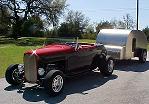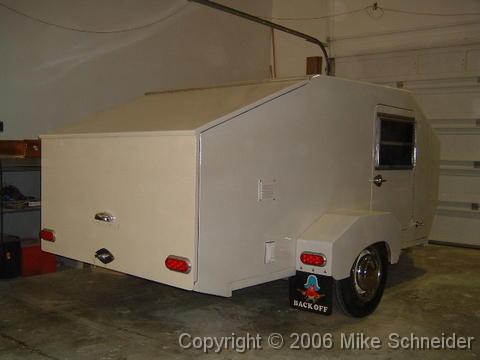I don't expect to use camp sites with commercial power so I thought to install only a fair sized deep discharge 12-volt battery to power a few lights and perhaps a small vent fan. Outings for only 4 or 5 days at most.
Any experience that indicates something else would be better? (Cubby in planning stages)
Deep Discharge 12-Volt Battery Enough?
8 posts
• Page 1 of 1
John,
First, welcome to the forum.
I have the same setup as you are discribing, but I use a marine deep cycle/starting battery. It will not go for more than a couple of nights. Maybe a good deepcycle battery would.
First, welcome to the forum.
I have the same setup as you are discribing, but I use a marine deep cycle/starting battery. It will not go for more than a couple of nights. Maybe a good deepcycle battery would.
SteveH
Calling an illegal alien an "undocumented immigrant"is like calling a drug dealer an "unlicensed pharmacist ".
Calling an illegal alien an "undocumented immigrant"is like calling a drug dealer an "unlicensed pharmacist ".
-

SteveH - 2000 Club

- Posts: 2101
- Images: 42
- Joined: Mon Nov 01, 2004 8:28 am
- Location: Bexar Co, TX
